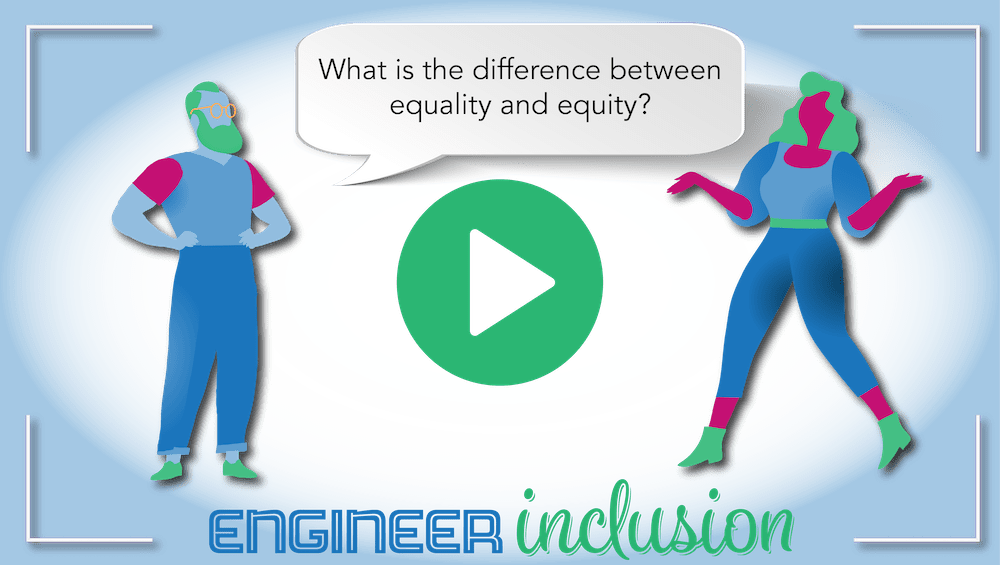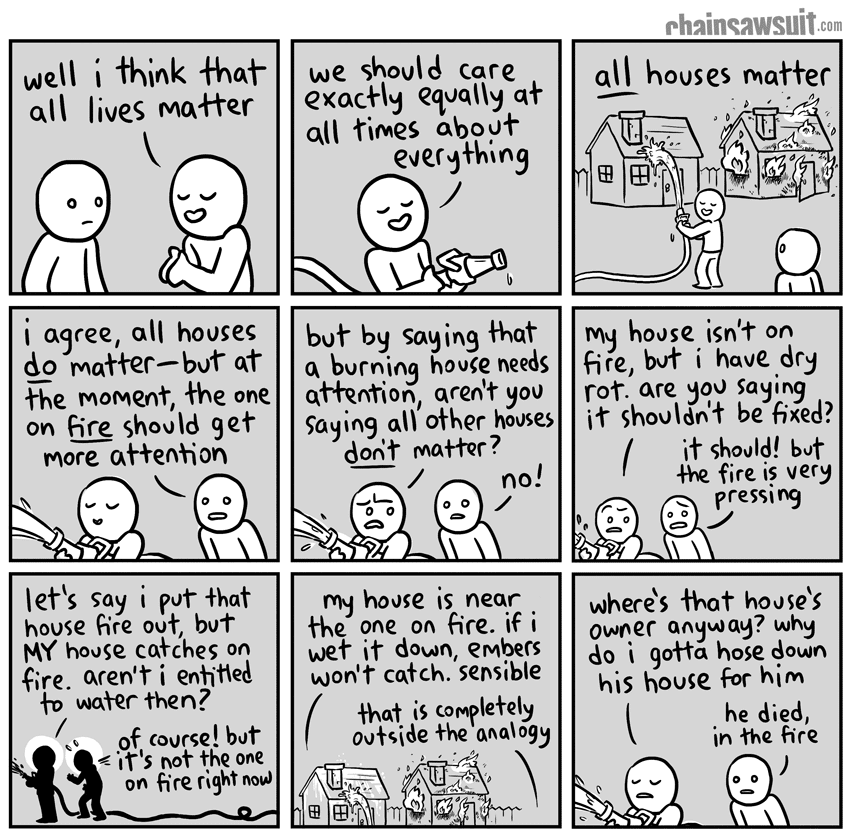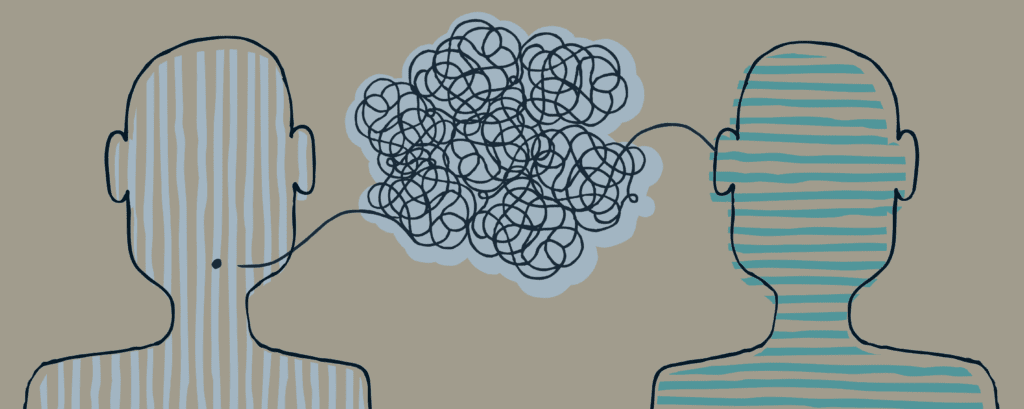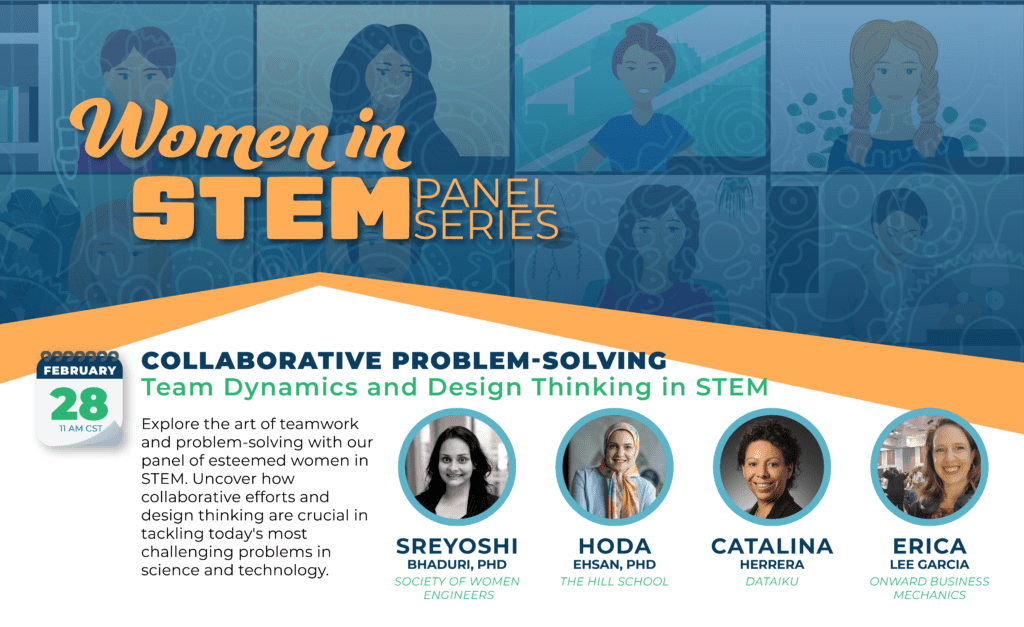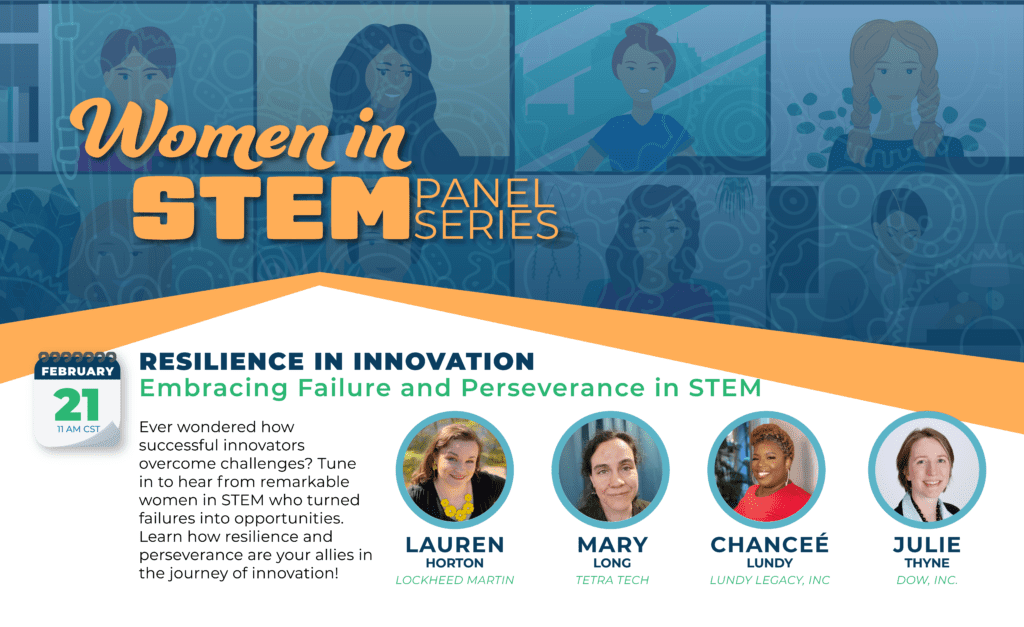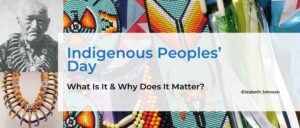You are special. Someone has probably told you that at least once in your life. Hopefully, you, too, believe that you are unique. Our lives are indeed precious, and our bodies are amazing machines. However, bodies are treated differently based on many factors, one of which is the color of the skin.
Skin tone is a function of the amount of melanin in the tissue leading to an array of pigments. If you have dark skin, you have more melanin than if you have pale skin. At some point long ago, the spectrum of skin tones was assigned discreet colors, such as black and white. Those assignments led to the social construct of race.
A social construct is an idea that has been created and accepted by the people in a society, meaning it can shift and change with the times. These constructs can then lead to distinctive cultures and ways of knowing and doing, reinforcing our generally accepted ideas of groups of people.
When power is at play (which is practically always), constructs are assigned values. For example, for hundreds of years, one of those values was that dark-skinned bodies must be the property of light-skinned (male) bodies. I hope you agree that this value, which was perpetuated and upheld by laws and systems, is grotesquely wrong. While this is no longer an explicit law, white supremacy remains.
White supremacy is the assumption or theory that whites are superior to all other races and should be in power and control. It is a structural system that inhibits equality and it is built into the founding of our nation, our culture and our institutions and is still in place today.
Equality is when everyone gets the same.
For example, everyone should have the same rights and access to opportunity. However, our systems, institutions, laws, and policies weren’t built with true equality in mind, so equality isn’t reality. Federal legislations have attempted to right these inequalities, but legislation alone cannot repair a complex system. The lasting impact creates systemic inequities in access and opportunity. As a result, marginalized groups like Black people face even more challenges, and dominant groups receive an unearned advantage or privilege.
Equity compensates for systemic inequalities.
Equity compensates for systemic inequalities. Equity is an effort to give everyone what they need to succeed. Equity is an explicit effort to level the playing field with the goal of reaching equality.
So, equality is the goal, and equity is how we get there.
#BlackLivesMatter is equity in practice.
We say #BlackLivesMatter to draw attention to the fact that the deeply rooted white supremacy of our systems and culture continues to affect black people every day. And we must do something about it. The highlighting of #BlackLivesMatter is equity in practice.
If we do not actively work to dismantle these systems, we are complicit in the oppression of black people and other marginalized individuals.
Saying #BlackLivesMatter doesn’t mean that white lives don’t matter, but when you retort with #AllLivesMatter or #IStandWithBlue, you are dismissing the need for action and are upholding white supremacy. Don’t uphold white supremacy. That is, by definition, racist.
The USA was established by pushing black people to the margins. Let’s bring them in focus and finally reach equality. Let’s choose to stand with our fellow humans because they deserve equal access to education, financing, property, jobs, healthcare, and do not deserve to be killed or imprisoned at disproportionate rates.
